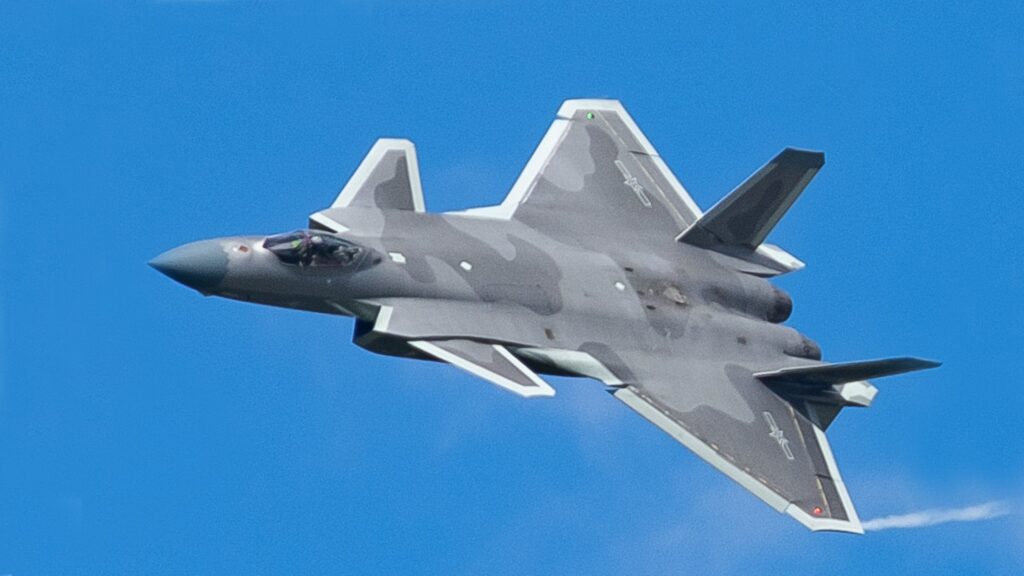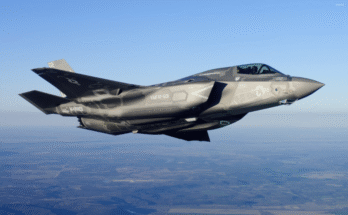
It is a Chinese twin-engine, all-weather, stealth fighter developed by the Chengdu Aircraft Corporation for the People’s Liberation Army Air Force (PLAAF).
Here’s what you need to know about it:
Key Characteristics and Capabilities:
Fifth-Generation Fighter: The J-20 is considered a fifth-generation fighter, meaning it incorporates advanced features like:
Stealth technology: Designed to minimize its radar and infrared signature, making it difficult for enemy radars to detect and track.
Advanced avionics and sensor fusion: It has sophisticated systems that integrate data from multiple sensors to provide the pilot with a comprehensive understanding of the battlespace.
Internal weapons bays: Like other stealth fighters, it carries its primary armament internally to maintain its low observable profile.
Role: While initially speculated to be primarily an interceptor, the J-20 is now generally seen as a multi-role aircraft capable of both air superiority (air-to-air combat) and precision strike missions (air-to-ground attacks). Its long range and internal weapons bays suggest a focus on long-range strike capabilities.
Design: The J-20 features a distinctive design with:
Canards (small forewings near the nose) for enhanced maneuverability and lift, particularly at supersonic speeds.
A delta wing planform.
Diverterless supersonic inlet (DSI) intakes, which contribute to its stealth characteristics.
Twin outward-canted vertical stabilizers (tails).
Engines: Early prototypes and initial production models used Russian-made engines (Saturn AL-31F). However, China has been actively developing and integrating its own domestically produced engines, like the WS-10 series and the more powerful WS-15, which is intended to provide supercruise capability (sustained supersonic flight without using afterburners).
Armament: The J-20 carries various air-to-air missiles internally, including long-range missiles like the PL-15 and short-range missiles like the PL-10. It can also carry air-to-surface missiles and bombs. Unlike some Western stealth fighters, it reportedly does not have an internal cannon.
Operational Status: The J-20 made its maiden flight in 2011 and officially entered service with the PLAAF in March 2017, making China the second country (after the United States) to field an operational stealth fighter. It is continually being upgraded and refined.
Comparisons to Western Fighters: The J-20 is often compared to American fifth-generation fighters like the F-22 Raptor and F-35 Lightning II. While China claims indigenous design, some analysts suggest the J-20’s development benefited from espionage and incorporates design elements seen in both the F-22 and the F-35, as well as Russian experimental aircraft.
In summary, the Chengdu J-20 Black Eagle is a significant achievement for China’s aerospace industry and represents a major leap in its military aviation capabilities. It is a key component of the PLAAF’s modernization efforts and is designed to enhance China’s regional power projection.


